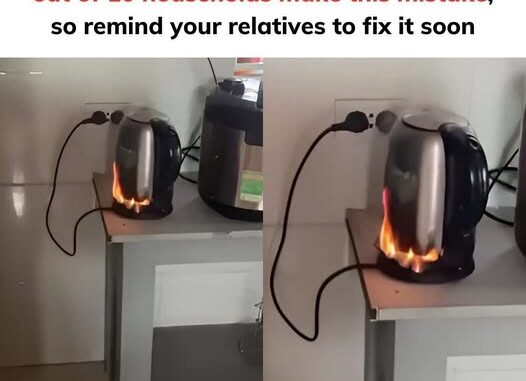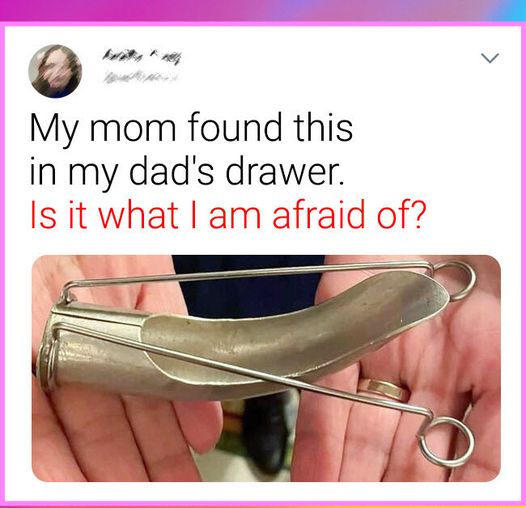
⚠️ The Common Mistake When Using an Electric Kettle — and Why It Can Be Dangerous
🔌Mistake: Leaving Water Sitting in the Kettle After Boiling
Many people boil water, then leave the remaining water in the kettle for hours — or even reuse it later without replacing it.
This may seem harmless, but over time it can lead to health risks and damage to your appliance.
💥 Why This Is a Problem:
1. Buildup of Limescale and Heavy Metals
- Reboiling water multiple times can concentrate minerals, like calcium, fluoride, and even heavy metals (especially in areas with hard water).
- This buildup may increase the risk of kidney stones or metabolic issues if consumed over time.
2. Bacteria Growth in Stagnant Water
- If water sits in a kettle for too long, especially in a warm environment, it can become a breeding ground for bacteria or mold, particularly if the kettle isn’t cleaned regularly.
- This could potentially affect people with weak immune systems or sensitivities.
3. Shortens the Kettle’s Lifespan
- Constant reheating of water without emptying and cleaning the kettle can cause limescale buildup, which damages the heating element and reduces the efficiency of the kettle.
- This can even pose an electrical hazard if the scale causes overheating.
✅ Simple Safety Tips to Avoid This Mistake:
- Only boil the amount of water you need.
- Empty leftover water after each use.
- Clean your kettle regularly (especially if you see white mineral deposits).
- Avoid reboiling water multiple times.
- Use filtered water if possible to reduce mineral buildup.
While it may seem minor, this everyday habit can pose hidden risks to your health and home appliances. So next time you use your kettle — boil fresh water, clean regularly, and don’t let water sit inside for too long.
It’s a small change that can make a big difference.














